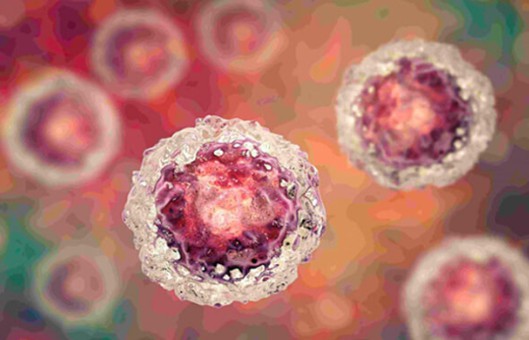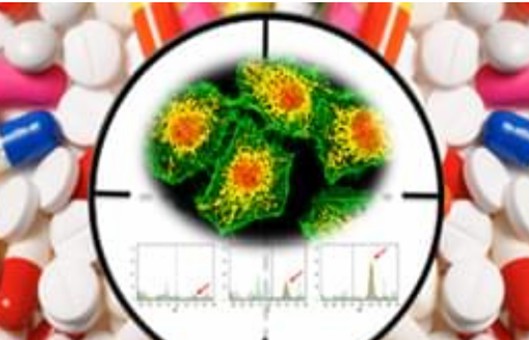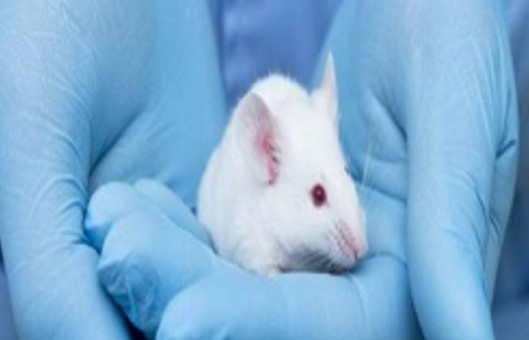Chemoresistance to Cisplatin in Cancer Therapy
Heliyon. 2022 Sep 14; 8 (9): e10608.
Authors: Ranasinghe R, Mathai ML, Zulli A.
INTRODUCTION
- Cisplatin spearheads the anticancer chemotherapeutics in present-day use although acute toxicity is its primary impediment factor. Among a plethora of experimental medications, a drug as effective or surpassing the benefits of cisplatin has not been discovered yet.
- Cisplatin was beneficial in cancer therapy for modulating the putative cellular mechanisms; apoptosis, autophagy, cell cycle arrest and gene therapy of micro RNAs. Specific importance of drug influx, efflux, systemic circulatory toxicity, half-maximal inhibition, and the augmentation of host immunometabolism have been identified.
Cisplatin-Associated Lung Cancer
- Lung cancer is the second-most diagnosed cancer worldwide which comprises 11% (which is 2,206, 771) of the total cancer incidence and is the most common cause of global cancer deaths. Cisplatin is the first-line chemotherapy utilized in treating advanced and non-targetable NSCLC- which is the most common of the lung cancers comprising 80% of the total lung cancers that are diagnosed.
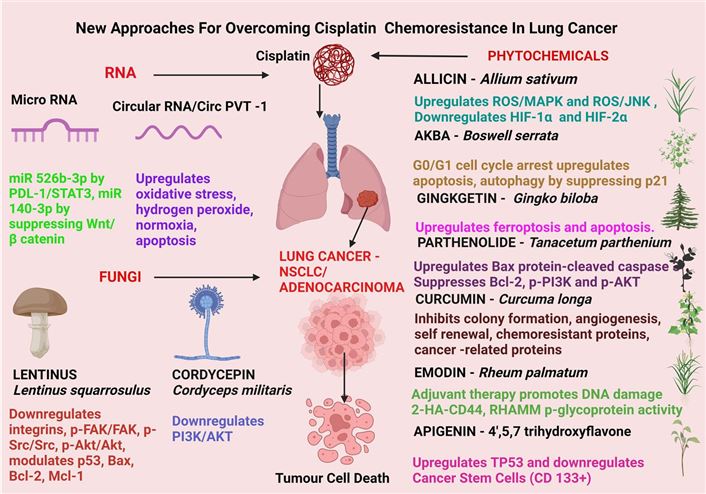 Fig. 1 Recent strategies for attenuating cisplatin chemoresistance in lung cancer. (Ranasinghe R, et al., 2022)
Fig. 1 Recent strategies for attenuating cisplatin chemoresistance in lung cancer. (Ranasinghe R, et al., 2022)
- As one of its anti-cancer strategies, cisplatin induces ferroptosis to increase the chemosensitivity of tumor cells to the drug. In lung cancer, cisplatin triggered ferroptosis by initiating glutathione-dependent antioxidant mechanism dysfunction, resulting in uncontrolled lipid peroxidation leading to cell death.
- Cisplatin resistance arises from two key processes; an increase in apoptosis resistance and the resetting of redox homeostasis, which can be reversed by naturally-occurring phytochemicals, such as parthenolide, apigenin and others.
Cisplatin-Associated Ovarian Cancer
- Ovarian cancer (OC) is a malignancy among the repertoire of familial cancers affecting the female populations worldwide that also recurs in up to 80% of the patients leading to high mortality. Platinum-based therapies are its most effective cure with most patients, up to 70% responding well to cisplatin therapy, yet relapse upon developing drug resistance.
- Ovarian cancer cells induce chemoresistance by inhibiting cellular apoptosis through modulating the cell cycle and DNA damage repair pathways. The family with sequence similarity 83 member B (FAM83B), is an oncogene (that promotes pancreatic ductal adenocarcinoma, endometrial cancer cell proliferation and the progression of lung squamous cell carcinoma) known to play a role in OC drug resistance towards cisplatin therapy. A recent study found that the ovarian cancer cells with high FAM38B levels had low cisplatin resistance.
- Anexelekto (AXL), which is a member of the TYRO3-AXL-MER (TAM) family of the receptor tyrosine kinases, is overexpressed in several different tumor types and influenced the cisplatin chemoresistance in OC cells. Cisplatin therapy enriched with an inhibitor of AXL served to overcome the platinum compound-resistance displayed by OC.
- Other strategies overcoming chemoresistance include exosome, mebendazole, chronic stress, HIPEC, oleuropein, micro-RNA, CSC and others.
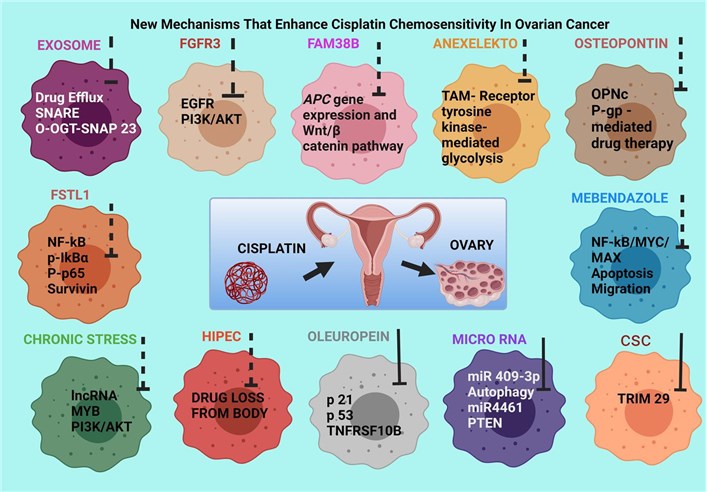 Fig. 2 Recently reported mechanisms of enhancing cisplatin sensitivity in ovarian cancer. (Ranasinghe R, et al., 2022)
Fig. 2 Recently reported mechanisms of enhancing cisplatin sensitivity in ovarian cancer. (Ranasinghe R, et al., 2022)
Cisplatin-Associated Cervical Cancer
- Cancer of the uterine cervix (CUC) is the seventh most common cancer that has reported 600,000 cases worldwide and approximately 50% of this number consisted cervix-related deaths in the year 2020. Cervical cancer is the fourth common cancer that affects the females for which cisplatin therapy remains the front-line treatment strategy either alone or as an adjuvant or neoadjuvant combined with radiotherapy.
- Lycopene, a naturally-occurring carotenoid, was screened for its efficacy in augmenting sensitivity to cisplatin in HeLa, cancer-resistant cervical carcinoma cell line. Cyanadin-3-O-glucoside (an anthocyanin named chrysanthemin) together with cisplatin showed synergistic anticancer potential by inducing G1 cell cycle arrest and apoptosis.
RELATED PRODUCTS & SERVICES
Reference
- Ranasinghe R, et al. (2022). "Cisplatin for cancer therapy and overcoming chemoresistance." Heliyon. 8 (9), e10608.
